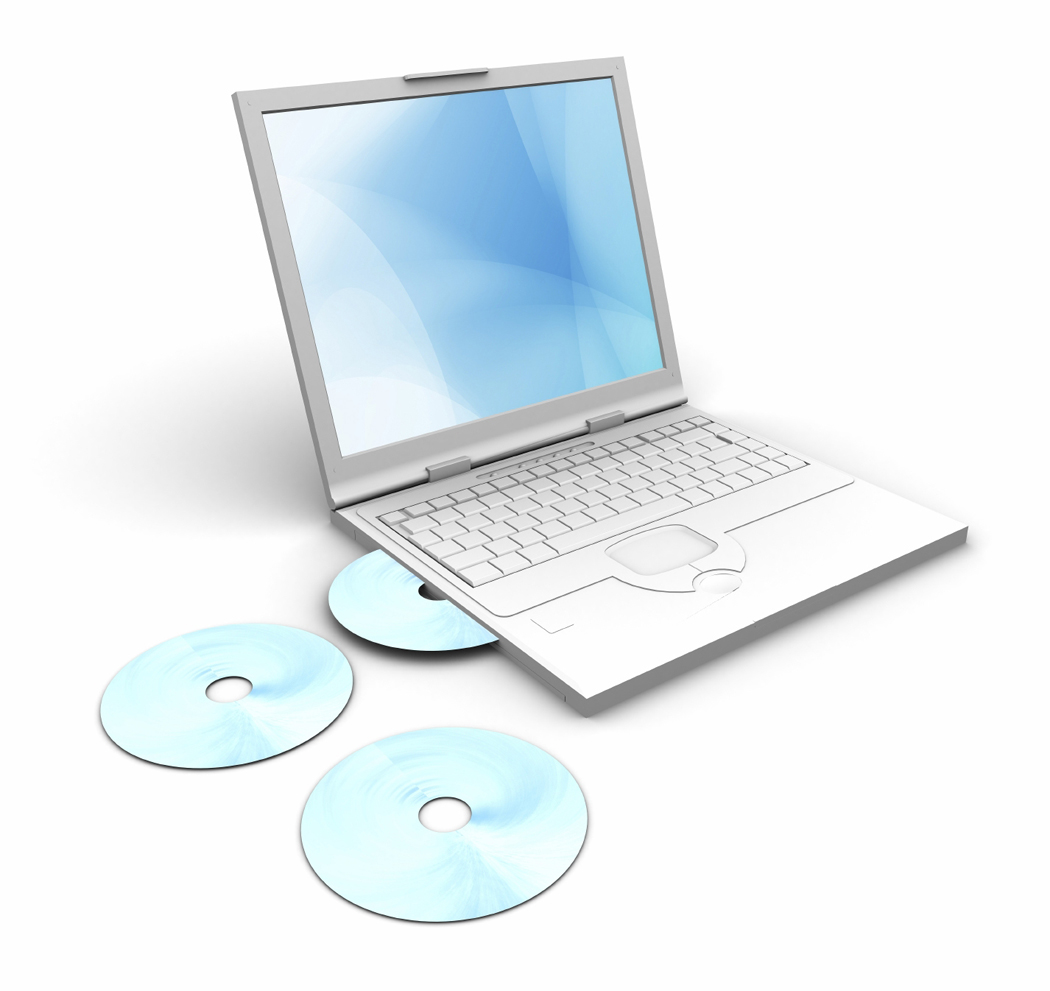
- •Information technology
- •Content
- •Introduction
- •Lesson 1 Computer
- •Lesson 2 Computer (Part II)
- •Lesson 3
- •Lesson 4 Computers
- •Lesson 5 Digital computers
- •Lesson 6
- •Lesson 7 How Information Travels Over the Internet
- •Vocabulary
- •Do the puzzle in pairs :
- •Guess the meaning of the underlined words or phrases
- •Read the text again and answer the questions:
- •Read the article once and mark the sentences t(true) f(false):
- •Make up a dialogue, using the following words/phrases[See conversional
- •Lesson 8
- •Internet in daily life
- •Read the text again. Cover the text and number the sentences in the right order:
- •Lesson 9
- •Lesson 10 The first hackers
- •Lesson 11
- •Lesson 12
- •The early years
- •Lesson 13
- •Lesson 14
- •Lesson 15
- •Grammar reference
- •Reported speech(Lesson 3)
- •Passives
- •Modal verbs (Lesson 6,10)
- •1.Ability
- •3.Possibility
- •4. Obligation: should and ought to
- •2. Have to/have got to
- •1. Needn’t, don’t need to and don’t have to
- •1. Must
- •Conversational formulas
- •Supplementary texts History of computers
- •The Zuse z3 Computer
- •The Atanasoff-Berry Computer
- •Whirlwind installation at mit
- •John von Neumann
- •Wilkes with the edsac
- •Era 1101 drum memory
- •Tv Typewriter
- •Xerox Alto
- •Scelbi 8h
- •Tandem-16
- •Osborne I
- •Apollo dn100
- •Apple Macintosh
- •List of computer’s abbreviations
- •Alu (arithmetic and logic unit) aрифметико-логическое устройство (алу)
- •Key to the test at p. 7
- •Bibliography:
Lesson 5 Digital computers
T

Digital computers computers based on manipulating discrete binary digits. (1s and 0s). They are generally more effective than analog computers for four principal reasons : they are faster; they are not so susceptible to signal interference; they can transfer huge data bases more accurately; and their coded binary data are easier to store and retrieve than the analog signals.
For all their apparent complexity, digital computers are considered to be simple machines. Digital computers are able to recognize only two states in each of its millions of switches, on “on” or “off”, or high voltage or low voltage. By assigning binary numbers to there states, 1 for “on” and 0 for “off”, and linking many switches together, a computer can represent any type of data from numbers to letters and musical notes. It is this process of recognizing signals that is known as digitization. The real power of computer depends on the speed with which it checks switches per second. The more switches computer checks in each cycle, the more data it can recognize at one time and the faster it can operate, each switch being called a binary digit or bit.
A digital computer is a complex system of four functionally different elements:
1) the central processing unit (CPU), 2) input devices, 3) memory – storage device called disk drives, 4) output devices. These physical parts and all their physical components are called hardware.
The power of computers greatly on the uncharacteristic of memory – storage device. Most digital computers store data both internally, in what is called main memory, and externally, on auxiliary storage units. As a computer processes data and instructions, it temporarily stores information internally on special memory microchips. Auxiliary storage units supplement the main memory when programmers are too large and they also offer a more reliable method for storing data. There exist different kinds of auxiliary storage devices, removable magnetic disks being the most widely used. They can store up to 100 megabytes of data on the disk, a byte being known as the basic unit of data storage. Output devices let the user see the results of the computer’s data processing. Being the most commonly used output device, the monitor accepts video signals from a computer and shows different kinds of information such as text, formulas and graphics on its screen. With the help of various printers information stored in one of the computer’s memory system can be easily printed an paper in a desired number of copies.
Programmers, also called software, are detailed sequences of instructions that direct the computer hardware to perform useful operations. Due to a computer’s operating system hardware and software systems can work simultaneously. An operating system consists of a number of programs coordinating operations, translating the data from different input and output devices, regulating data storage in memory, transferring tasks to different processors, and providing functions that help programs to write software. In large corporations software is often written by groups of experienced programs, each person focusing on a specific and industrial software sometimes costs much more than do the computers on which the programs run.
A. Copy out 10 useful words/ word phrases from the text. Use your dictionary to check the meaning and pronunciation.
B. Answer the questions:
1. How many types of computers are there?
2. Why are the digital computers more effective than analog ones?
3. What components are called hardware?
4. What elements does a digital computer consist of?
5. How do hardware and software systems work?
D) Make a resume about advantages of digital computers!
C) Your partner is going to buy a computer. Give some tips to help him to buy the right type of computers.( Use Passives )
